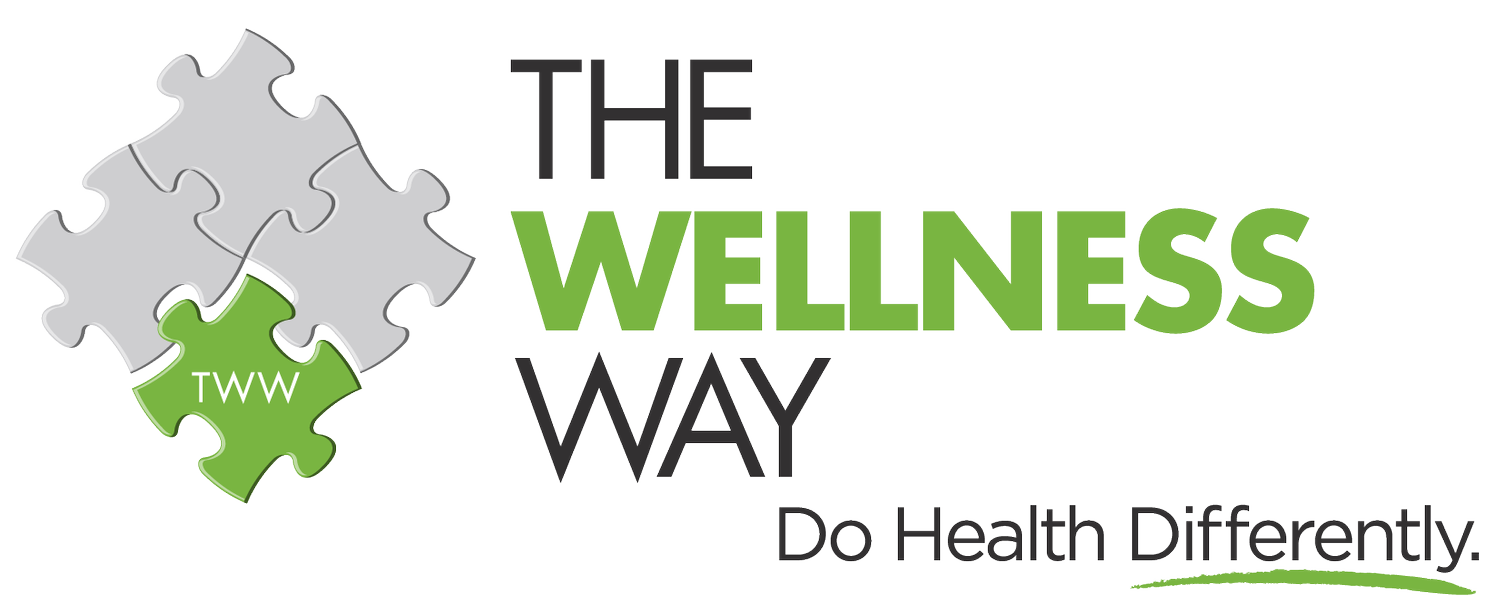5 INGREDIENTS TO AVOID IN your SELF-CARE PRODUCTS
In our pursuit for beauty and personal hygiene, we often don't pay attention to the ingredients that are in the products we purchase, not realizing the potential impact on our health. The products we use to look and feel better might, ironically, be harming our health with each use.
By understanding the risks and learning which ingredients to avoid, we can make informed decisions for our health and advocate for safer products. This awareness is the first step toward safeguarding our health and ensuring that our beauty routines do more good than harm.
Toxins Lurking in Your Vanity
The prevalence of toxic ingredients in personal care items is more common than one might think. From the shampoo we use to the lipstick we apply, dangerous chemicals are hiding in plain sight. The health risks associated with prolonged exposure to these toxins can be severe, ranging from hormonal disruption to increased risk of cancer.
Regulatory Gap
Contrary to popular belief, the FDA does not closely regulate personal care product ingredients. Many harmful chemicals banned in other countries are still allowed in the United States. This regulatory gap leaves consumers vulnerable to potentially hazardous substances in their everyday products. This issue is more noticeable when we compare it to the European Union (EU), where strict rules prevent many harmful chemicals allowed in the US from being used in their products.
Five Ingredients to Avoid
Phthalates, known for messing with hormonal balance and reproductive health, often hide behind the term "fragrance" on labels. To spot them, look for "fragrance" or "parfum" in the ingredient list.
BPA’s (Bisphenol A) association with plastic packaging raises concerns about hormonal disruption due to its estrogen-mimicking properties. Opting for BPA-free or, better yet, plastic-free packaging can mitigate this risk.
Benzophenones, particularly Oxybenzone, are found in products boasting SPF protection. Though used to block harmful UV rays that are known to cause skin cancer, this very ingredient is linked to other carcinogenic risks.
Parabens are preservatives used to prolong product shelf life. However, it is also known for its ability to mimic estrogen in the body, leading to an increased risk of breast cancer with long-term exposure.
Triclosan, a common ingredient in antibacterial products like hand soaps and body washes, has been associated with disrupting the body's estrogen levels and interfering with thyroid function.
A Different Perspective
Given the current limitations in regulations, there's not much we can do to change them immediately. So, it becomes even more important to start with ourselves by carefully looking at the labels of the products we use.
Knowing about these harmful ingredients and the risks they bring, we must take the step to choose healthier, toxin-free options. By taking the time to check product labels and making informed choices, we can protect our health and lead by example, encouraging a shift towards safer personal care products.
Ready to dive deeper into the world of safe beauty and personal care? Don't miss out on Dr. Rachel Wolfe's video, where she breaks down these 5 harmful ingredients in everyday products and how you can be mindful in choosing better alternatives.
Resources:
Drugs and Devices: Comparison of European and U.S. Approval Processes - ScienceDirect
Hidden Hormone Hustler: What's Stealing Hormonal Balance? - The Wellness Way
Hidden Sources of Plastic (and Why You Should Care) - The Wellness Way
The Ugly Truth About Beauty Products - The Wellness Way
The Wellness Way Guide to Choosing a Sunscreen - The Wellness Way

